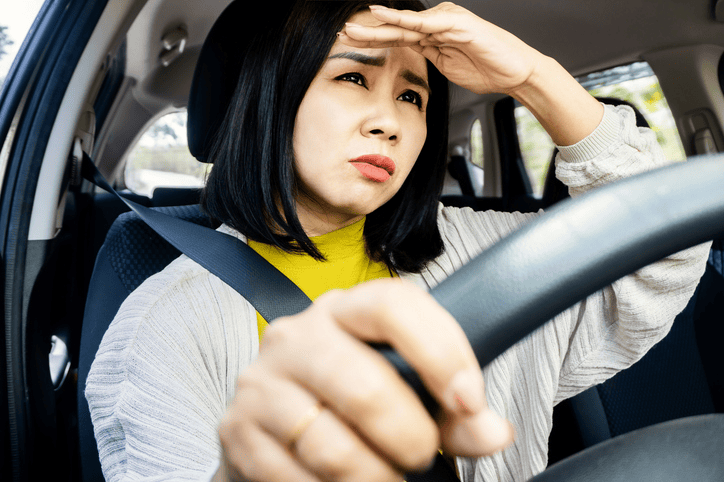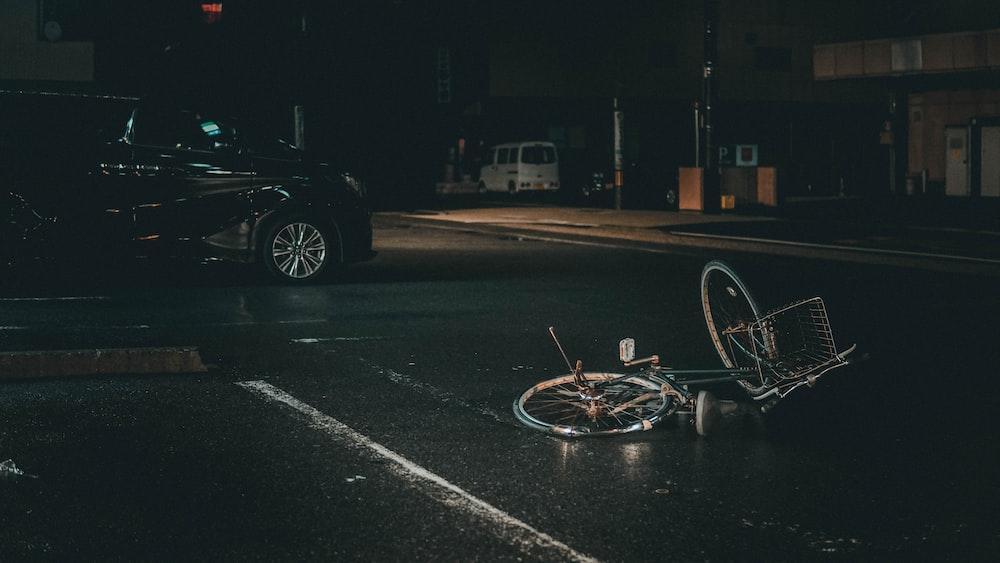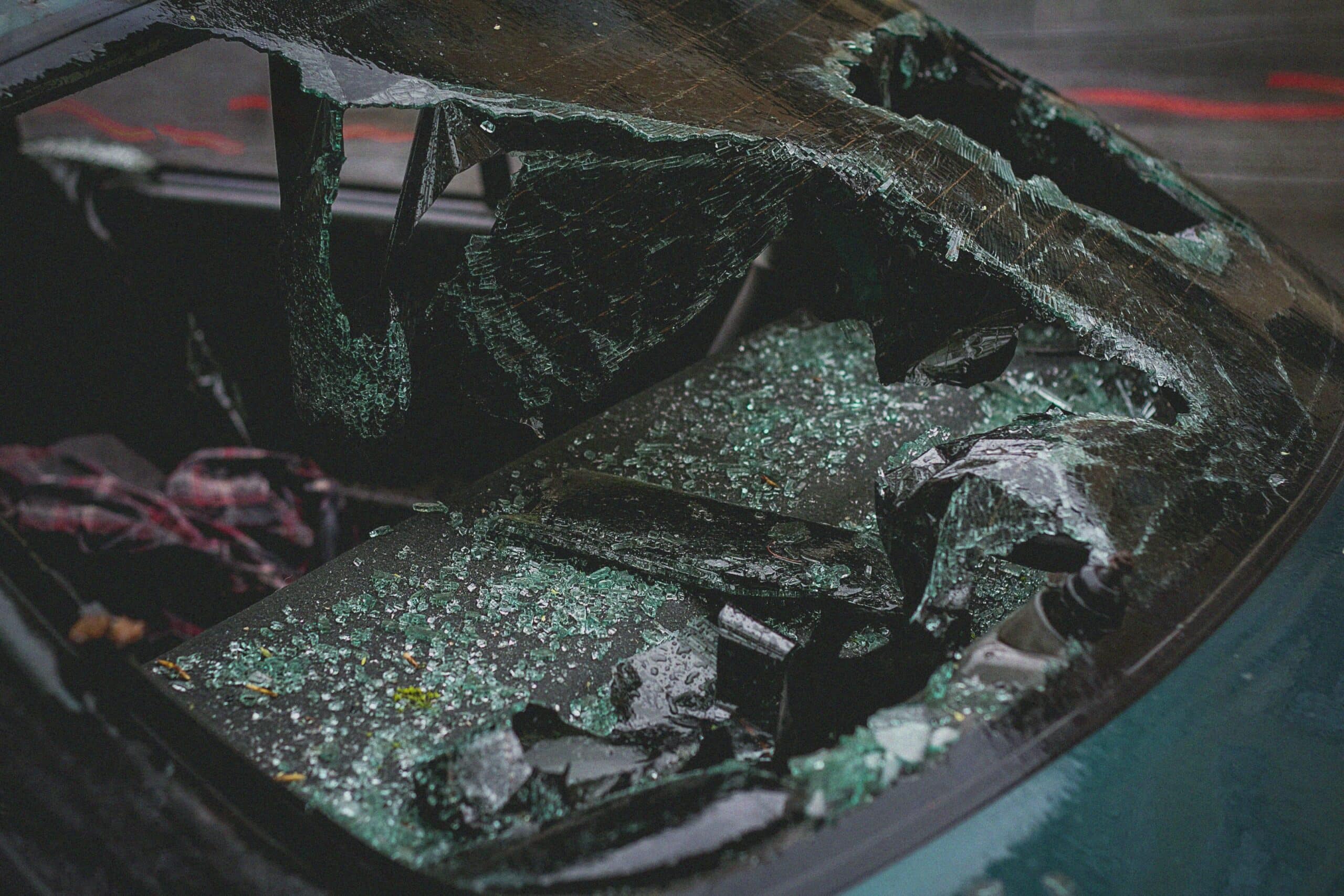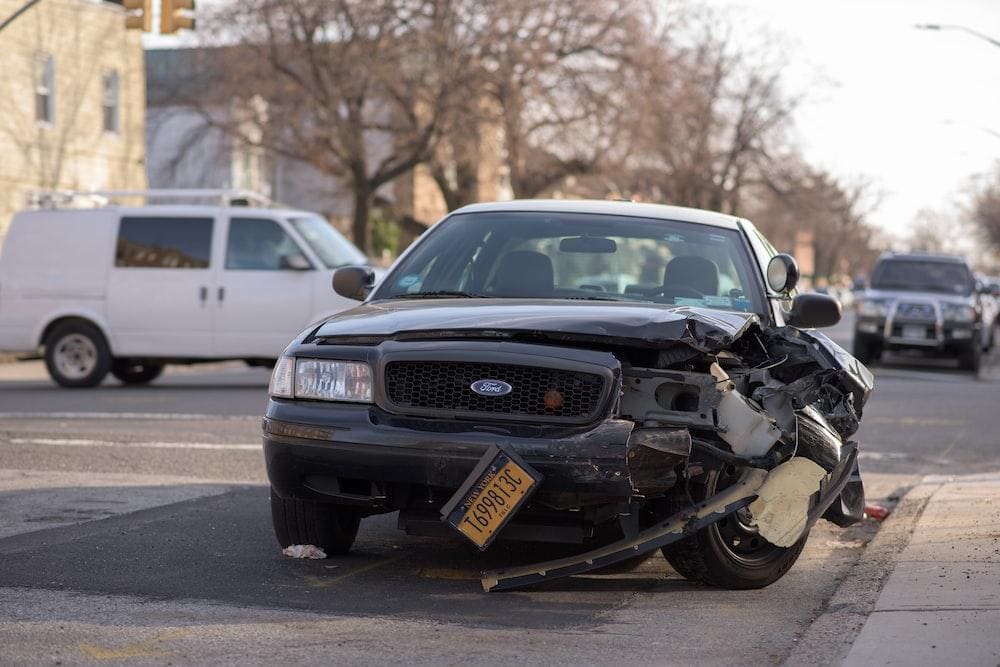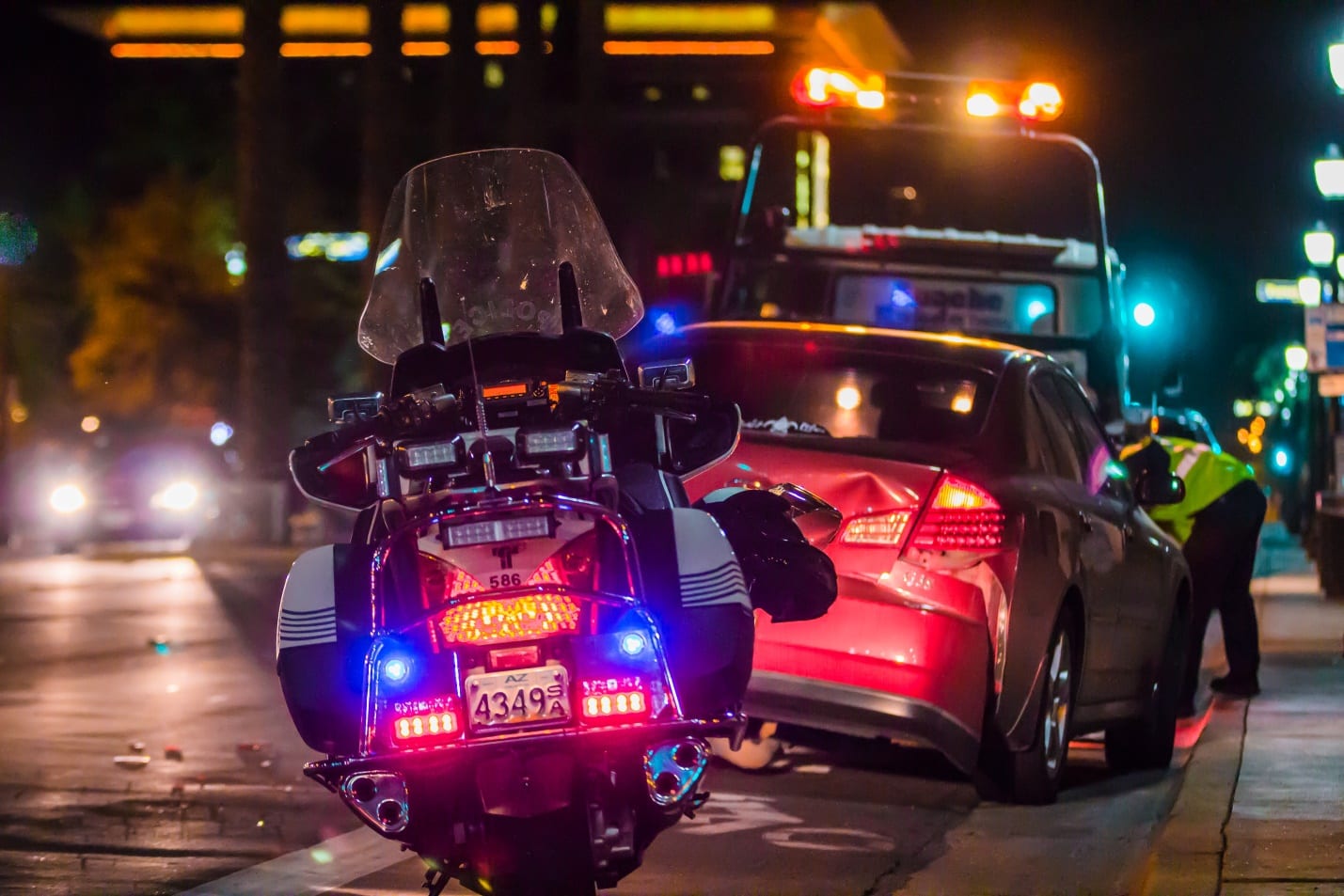
Multi-car accidents, also known as multi-vehicle accidents, are some of the most complicated cases when it comes to determining fault and establishing liability. With multiple vehicles involved, understanding who is responsible requires analyzing police reports, consulting accident reconstruction experts, and navigating state-specific laws.
In Nevada, California, and Colorado, comparative negligence and joint and several liability play critical roles in defining fault. This article explores how these laws apply, provides real case examples, and explains what you should do if you are in a multi-vehicle collision.
What Is a Multi-Car Accident?
A multi-car accident involves three or more vehicles and often occurs due to a chain reaction accident caused by an initial collision. These accidents can be severe, leading to serious injuries, personal injury lawsuits, and disputes between multiple insurance companies.
Common Causes of Multi-Vehicle Accidents
Rear-end collisions – A lead driver suddenly stops, causing a third vehicle and others behind to crash.
Distracted driving – A driver checking their phone fails to notice slowing traffic.
Drunk driving – An impaired driver swerves into oncoming traffic, causing a multi-car pile-up.
Hazardous weather – Icy roads cause multiple drivers to lose control.
Understanding the driver’s behavior and external factors leading to the crash is crucial for proving fault in multi-vehicle accident cases.
How Is Fault Determined in Multi-Car Accidents?
Fault in a multi-vehicle crash is determined by evaluating:
Police reports – Officers assess the accident scene and issue citations.
Witness statements – Testimonies from other drivers and pedestrians.
Accident reconstruction experts – Specialists analyze damage patterns.
Traffic laws – Violations such as drunk driving or running a red light play a role.
Comparative negligence – Courts assign fault percentages to all the drivers involved.
Comparative Negligence in Nevada, California, and Colorado
Each state has different laws for handling multi-car crashes and determining liability.
Nevada: Modified Comparative Negligence (51% Rule)
In Nevada, a driver can only recover damages if they are less than 51% at fault. If a driver is found more than 50% responsible, they cannot recover compensation.
Source: Nevada Revised Statutes on Comparative Negligence
Example:
Driver A rear-ends Driver B at a red light, pushing Driver B into a third car.
If Driver B was stopped legally but hit another vehicle due to the impact, Driver A is primarily at fault.
However, if Driver B was tailgating, the fault may be split.
California: Pure Comparative Negligence
California allows accident victims to recover compensation even if they are 99% at fault—but their compensation is reduced by their percentage of fault.
Source: California Civil Code Section 1714
Example:
A multi-car accident occurs due to a driver making a sudden lane change.
The other drivers involved may also be partially at fault for speeding or distracted driving.
Each party’s compensation is reduced according to their level of responsibility.
Colorado: Modified Comparative Negligence (50% Rule)
Colorado follows a 50% bar rule, meaning that if a driver is 50% or more at fault, they cannot recover damages.
Source: Colorado Revised Statutes on Comparative Negligence
Example:
A driver runs a red light, causing a multi-car pile-up.
If another driver was speeding, both might share fault, with percentages determined by evidence.
If a driver is found less than 50% responsible, they can still recover compensation.
Joint and Several Liability in Multi-Car Accidents
Joint and several liability laws determine whether multiple parties can be held responsible for damages.
Nevada: Uses modified joint liability, meaning economic damages can be fully recovered from any defendant, but non-economic damages are split based on fault.
California: A defendant can be held 100% responsible for economic damages but not non-economic damages.
Colorado: Does not follow joint and several liability—each negligent party is responsible only for their portion of damages.
How Common Are Chain-Reaction Car Accidents?
Chain-reaction car accidents, also known as multi-vehicle collisions or pile-ups, are significant concerns in states like California, Colorado, and Nevada. These accidents often occur on busy highways and interstates, leading to severe injuries and fatalities.
California
Between 2017 and 2021, California reported 1,514 fatal crashes involving more than two vehicles, accounting for 8.35% of the state’s total fatal accidents. High-traffic corridors like Interstate 5 and State Route 99 are particularly susceptible to such incidents, especially during adverse weather conditions like fog.Lynnwood Times
Colorado
During the same period, Colorado experienced 240 fatal multi-vehicle crashes, representing 8.15% of its total fatal accidents. Interstates such as I-25 and I-70, which traverse diverse terrains and weather conditions, are common sites for these accidents. Winter months pose increased risks due to snow and ice, leading to hazardous driving conditions that can trigger chain-reaction crashes.Lynnwood Times
Nevada
Nevada recorded 125 fatal crashes involving multiple vehicles between 2017 and 2021, making up 8.09% of the state’s total fatal accidents. Expansive desert highways, including stretches of Interstate 15 and Interstate 80, have been the scenes of multi-vehicle collisions. Factors such as sudden dust storms and heavy traffic around urban centers like Las Vegas contribute to these incidents. Drivers must remain vigilant for sudden changes in weather and traffic conditions to mitigate the risk of chain-reaction accidents.
Source: Lynnwood Times
While comprehensive data on the exact frequency of chain-reaction accidents is limited, the occurrence of multi-vehicle accidents in these states highlights the importance of driver awareness and adherence to safe driving practices, especially under adverse conditions.
Multi-Car Accident Case Examples
2022, South Carolina: $2,500,000 Settlement
An intoxicated driver triggered a four-car collision, injuring multiple people. The victims suffered abdominal wall bleeding, a chest wall contusion, a colon injury, spinal and rib fractures, and other soft-tissue damage. They sued the bars that had served the at-fault driver, arguing that the establishments negligently allowed him to continue drinking despite his evident intoxication. The case settled for $2,500,000.
2021, Michigan: $800,000 Verdict
A 76-year-old man became the last vehicle in a chain-reaction crash after an unidentified driver caused the initial impact and fled. The man sustained bilateral subdural hematomas and a nondisplaced fibula fracture, requiring a craniotomy. He spent two weeks in the hospital, followed by three weeks in inpatient rehab and several months of outpatient physical and occupational therapy. Due to his injuries, he now takes anti-seizure medication. He and his wife filed a UIM claim against their insurer and secured an $800,000 verdict.
2021, Virginia: $600,000 Settlement
A driver suffered a cervical strain after being rear-ended in a chain-reaction crash. He accused the at-fault drivers of failing to slow down for traffic ahead. The case settled for $600,000.
2021, Virginia: $1,815,000 Settlement
A truck driver triggered a chain-reaction crash, killing a husband and severely injuring his wife. She suffered fractures but made a strong recovery. She sued the truck driver, claiming he negligently failed to slow down for traffic. The case settled for $1,815,000.
2020, Alabama: $850,000 Verdict
A four-vehicle collision left a man with back injuries. He sued the truck driver, arguing negligence caused the crash and his injuries. A jury awarded him $850,000.
2019, Maryland: $309,276 Verdict
A dump truck rear-ended a man, forcing his car into another vehicle and involving two additional cars. He suffered rib, spinal, and sternum fractures, along with chronic neuropathic, chest wall, and thoracic compression pain. His treatment included an open reduction internal fixation of his sternum and extended physical therapy. His experts testified that the injuries permanently prevented him from working. The dump truck driver and his employer admitted liability, and a Montgomery County jury awarded the victim $309,276.
2019, Maryland: $105,000 Settlement
A four-car crash on I-695 left a man with severe physical injuries and emotional distress. His treatment included orthopedic surgery and counseling. He claimed the other drivers acted negligently by speeding and failing to control their vehicles. The case settled for $105,000.
2019, Florida: $133,500 Verdict
A man sustained unspecified injuries in a three-car collision. He sued the at-fault driver, arguing negligence caused his harm. A jury awarded him $133,500.
2019, New Jersey: $2,083,105 Verdict
A 44-year-old man suffered an L5-S1 herniation with impingement, leg radiculopathy, and nerve root irritation in a four-car crash. His treatment included epidural steroid injections. He claimed the at-fault driver’s negligence caused his permanent injuries. Although the at-fault driver admitted liability, they contested the injury claims. A jury awarded the victim $2,083,105.
2019, Florida: $1,724,941 Verdict
A female passenger sustained permanent injuries in a multi-car crash. She sued the at-fault driver, arguing negligence caused her harm. The driver disputed her injury claims, but a jury ruled in her favor and awarded $1,724,941.
Source: Miller & Zois
Steps to Take After a Multi-Vehicle Accident
If you are involved in a multi-car accident, take these steps:
Seek medical attention – Even minor crashes can cause severe injuries.
Document the accident scene – Take photos of the vehicles involved.
Contact law enforcement – Obtain police reports for evidence.
Exchange information – Get contact details from other drivers.
Notify your insurance company – File a claim with multiple insurance companies if necessary.
Consult an experienced car accident lawyer – Protect your rights and pursue compensation.
FAQ: Understanding Fault and Your Rights in Multi-Vehicle Accidents
1. Who is at fault in a multi-vehicle crash?
Determining fault in a multi-car accident depends on factors like police reports, witness statements, and accident reconstruction. If more than one driver shares responsibility, courts assign percentages of fault based on driver behavior, traffic laws, and other external factors like weather or road conditions.
2. What should I do after an accident involving three or more vehicles?
First, ensure your safety and seek medical help if needed. Document the scene, take photos, and get contact details from all the drivers involved. Call the police, as their report can be crucial in determining liability and proving fault.
3. Can I still get compensation if I was partially at fault in a multi-vehicle accident case?
Yes, but it depends on state laws. Some states allow you to recover damages even if you were partially at fault, while others bar recovery if you’re an at-fault driver with a certain percentage of fault.
4. What happens if a lead driver suddenly stops and causes a multi-car pileup?
If the lead driver makes an unsafe stop, they may be responsible for the initial collision. However, if the following drivers were tailgating or distracted, multiple parties may share fault.
5. What if my one car was hit by multiple vehicles?
If your vehicle was struck in a multiple vehicle collision, your claim depends on who caused the chain reaction. Courts and insurance adjusters will analyze impact patterns and police reports to assign liability.
6. Can a head-on collision happen in a multi-vehicle crash?
Yes, especially if a negligent party swerves into oncoming traffic or loses control. These accidents can cause more serious injuries, making it crucial to prove fault and seek fair compensation.
7. If a fourth car joins a crash, is that driver always at fault?
Not necessarily. If the fourth car had no way to avoid the accident, they might not be responsible. However, if they were speeding or distracted, they could share liability.
8. What role does contributory negligence play in multi-vehicle accident cases?
In states with contributory negligence laws, if you are even slightly at fault, you may not be able to recover damages. Other states use comparative negligence, where compensation is reduced based on your percentage of fault.
9. How do external factors like bad weather affect fault in multiple vehicle accidents?
Weather conditions like fog, ice, or rain can make crashes unavoidable. However, at-fault drivers may still be responsible if they were speeding, following too closely, or driving recklessly despite poor conditions.
10. How do I prove I wasn’t at fault in a multiple-car pileup?
Gather evidence, including photos, dashcam footage, and witness statements. Hiring an attorney can help in determining liability and proving that another driver caused the accident.
How Bourassa Law Group Can Help
Navigating multi-vehicle accident cases requires legal guidance. At Bourassa Law Group, our experienced car accident lawyers have extensive knowledge of accident laws. We can help:
Prove fault and establish liability.
Deal with multiple insurance companies.
Handle personal injury protection and car repairs.
Fight for fair compensation in personal injury lawsuits.
Get a Free Consultation Today
If you were in a multi-car accident, our team at Bourassa Law Group is here to ensure you get the justice you deserve. Contact us today for a free consultation.
